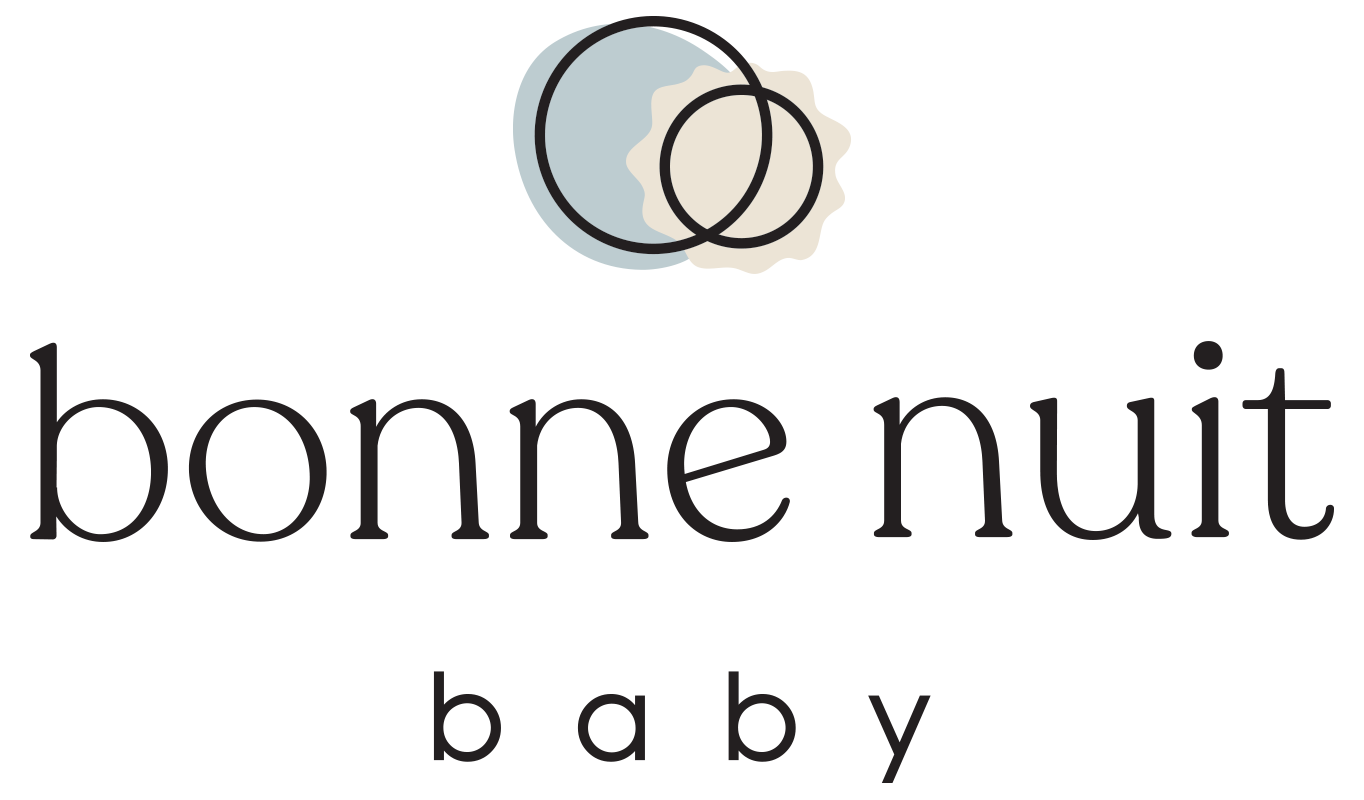Four Instagram Trends that Aren't Safe Sleep Practices
There’s been an explosion of cleverly-marketed products promising weary parents a magical solution for their babies’ sleep, and it’s made it difficult to know what’s safe and what isn’t. For many families trying to navigate the market, images on social media, along with friends’ suggestions, become the default source of recommendations — it makes sense: if everyone else is using product X, then it must be safe. But there’s a very real danger here. Darling photos of babies snoozing in swings or tucked in the crib with lovies and loose blankets, which are all over our social media feeds, go against recommended safe sleep guidelines and potentially encourage sleep-deprived parents to unwittingly create unsafe sleep situation, in hope for everyone in the family to get much-needed sleep.
Last summer, mom and Instagram influencer Jordan Peterson-DeRosier posted a tragic update that her 7-month-old son had suffocated by becoming entangled in his blanket. Braving the critics and mommy-shamers, Ms. Peterson-DeRosier posted honestly about her experience so that other parents would know that it wasn’t okay to put a blanket in a baby’s crib–even at an age where it might seem okay. As the story spread to major media outlets, many readers commented that they didn’t realize an older baby could suffocate in a blanket. Many also said that because of this story, they had removed blankets from their own babies’ crib.
It’s incredibly important that parents are reminded that the safe sleep guidelines may seem abstract, but they exist for a reason. So to make them more concrete, below are five common real-life sleep situations that are ubiquitous on social media, but that aren’t safe for baby’s sleep.
1. Sleeping in swings, bouncers, rockers, loungers. Quite often, devices like these are used as a solution for smaller babies who won’t sleep in their cribs or bassinets, preferring the arms of a parent. While it’s oftentimes an easy fix, it’s unsafe. Babies’ neck muscles aren’t strong enough to support sleeping in a semi-reclined position, which can lead to a blockage in their airways.
2. Sleeping in a nest or cocoon. The FDA recently released a stern warningabout sleep positioners due to the risk of suffocation. These products are super popular right now, especially on social media, but a word to the wise: just say no. Instead, try positioning your baby in his crib/bassinet towards one corner, so that his feet touch the bottom and his hand can easily touch the side.The feeling of having a physical boundary will make him feel more secure in a larger space.
3. Placing a swaddled baby in any of the above, which only serves to increase the risk of suffocation. All those lovely images you’ve likely seen of swaddled babies peacefully snoozing in a cocoon? Not a good idea.
4. Using bumpers in your baby’s bed. It’s easy to assume that bumpers are safe, since many stores sell them alongside baby sheets. Don’t be fooled: they’re not. In fact, two U.S. states have banned the sale of bumpers, and others have pending legislation to do the same. Many parents opt for bumpers because their babies are getting their limbs stuck in the crib rails — but it’s better for them to have disrupted sleep for a few nights while they figure out not to put their arms or legs through the railing than to risk their safety.
5. Placing blankets, lovies, toys, etc. in your baby’s bed. Until 12 months of age, the only items in your baby’s sleep space should be the baby and a tightly-fitting sheet. Try a sleep slack if you’re worried about your little one getting cold and save the toys for playtime.
This article was originally published in Well Rounded.
